Third Woman in Two Years Sustains Serious Injuries After Being Gored by a Bison in Yellowstone
National Park Service officials are reminding people to respect safety regulations and give wild animals a wide berth.
Updated June 4 2024, 9:16 a.m. ET
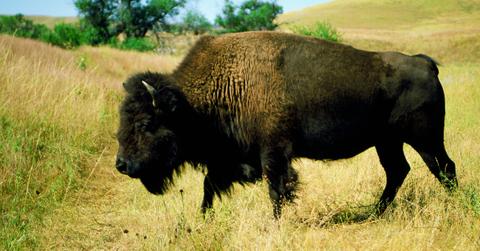
Bison are majestic creatures, but you need to observe them from afar, or else you could get injured. The U.S. National Park Service (NPS) is once again reminding tourists to keep their distance from wild animals after a woman was gored by a bison in Yellowstone National Park on June 1, 2024. The event comes almost a year after two bison attacks in 2023.
Keep reading for everything you need to know about the woman's condition, what led up to the bison attack, and what you need to know before visiting a National Park for your own safety.
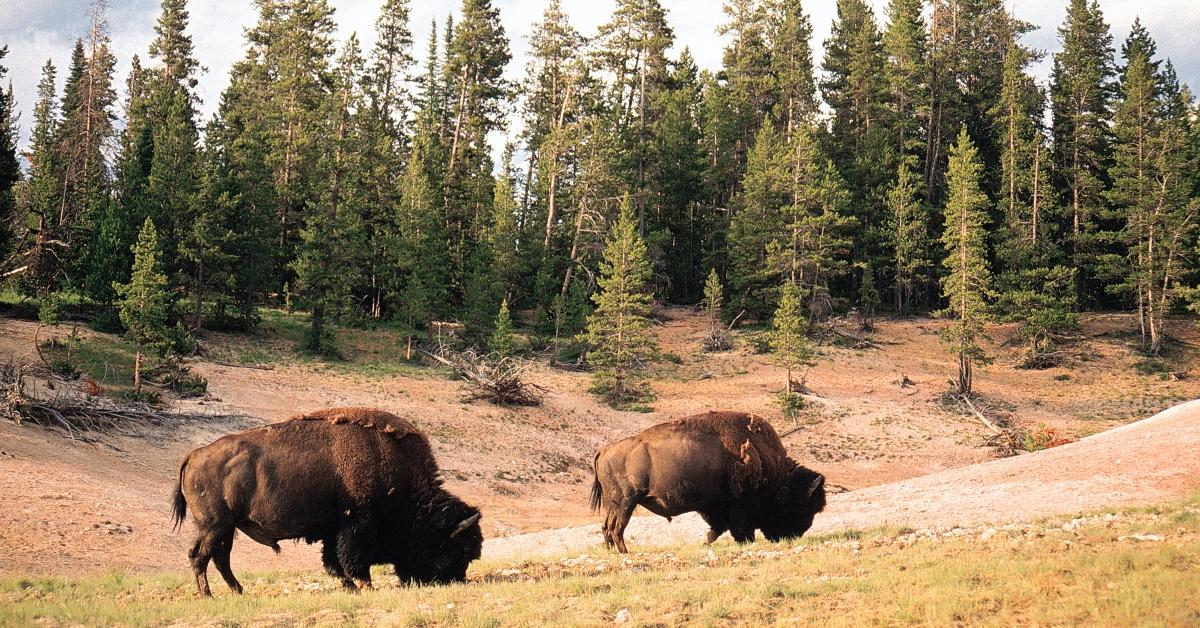
In June 2024, a woman was gored by a bison in Yellowstone National Park.
According to a news report by the NPS, on June 1, 2024, an 83-year-old woman from South Carolina was gored by a bison near the Storm Point Trail at Yellowstone Lake. The bison was "defending its space" and lifted the woman off the ground with their horns.
Unfortunately, the woman sustained serious injuries, and she was airlifted via helicopter to Eastern Idaho Regional Medical Center.
The news report stated there was no further information at this time, that the incident was under investigation, and that the victim's condition was unknown. Here's hoping she makes a swift recovery.
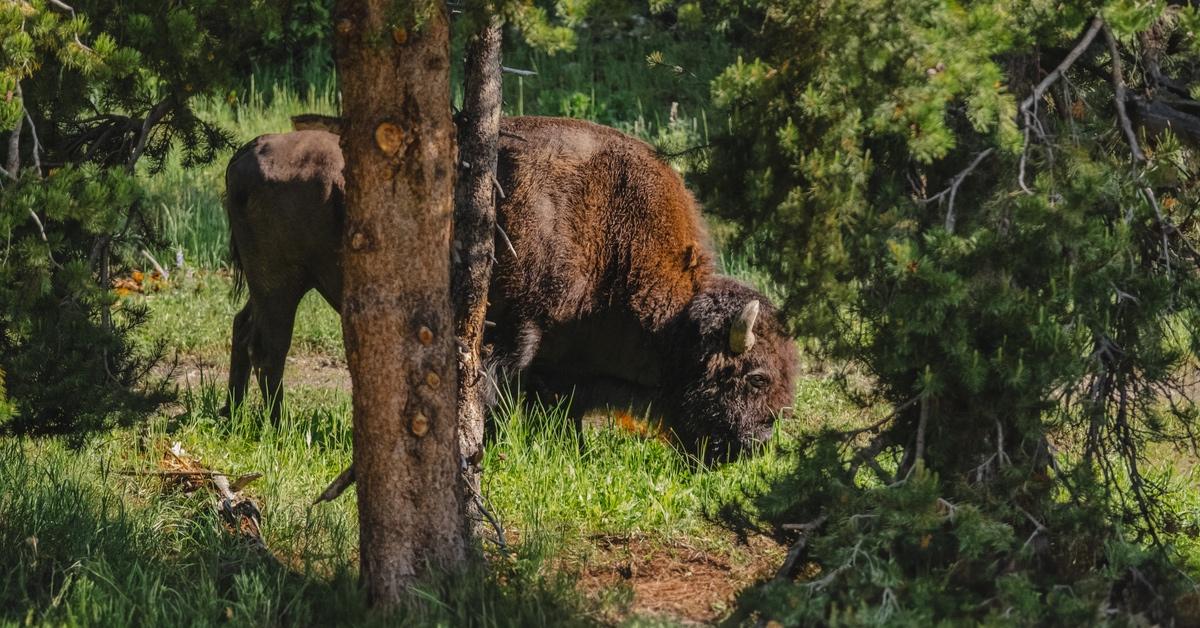
In July 2023, a woman was gored by a bison as well.
Per the NPS, a 47-year-old woman from Phoenix was walking with another person in a field in front of Lake Lodge Cabins on the north shore of Lake Yellowstone, when they encountered two bison. The Park Service didn't say whether the two people attempted to touch the bison, and it’s unknown how close they actually were to the animals.
Upon seeing the bison, the visitors turned to walk away from them, and that’s when one of the bison charged and gored the woman. The woman sustained “significant injuries to her chest and abdomen” and was flown to Eastern Idaho Regional Medical Center in a helicopter. Her condition was unknown as of July 18, 2023.
Another woman was attacked by a bison after she tried to pet them.
In May 2023, a video went viral of a woman trying to pet a bison at Yellowstone National Park. In the video, a bison is seen grazing along a pathway when a group of visitors walks past it. One woman reaches her hand out as if to pet the giant animal while someone in the group is taking her picture. The bison throws up its head, hitting the woman with its horns. Fortunately, in that incident, the woman was not injured.
There was another reported goring by a bison in June 2022. A 34-year-old man from Colorado Springs was gored by a bull bison that charged at him and his family as they walked on a boardwalk near Giant Geyser. In a video of the incident, it appears that the man was attempting to get a child out of the path of the charging bison when he was gored.
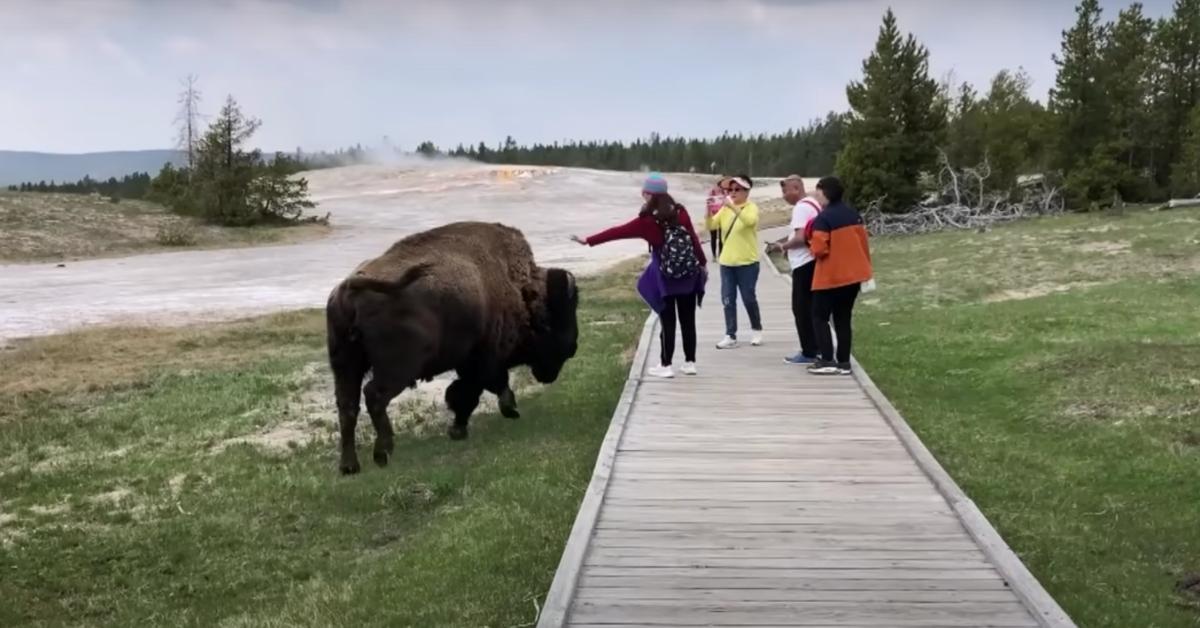
This woman appears to be trying to pet a bison moments before it lunges at her.
"I credit a lot of this stuff to social media – people who want to get that selfie,” Zoo Miami ambassador Ron Magill told Fox Weather. “They want to get more likes, and they might not realize they are going to end up in the hospital."
Bison are unpredictable and can run three times faster than the average person, Yellowstone Park officials say. They have injured more people in Yellowstone than any other animal. They can get especially agitated during mating season, which runs mid-July through mid-August.
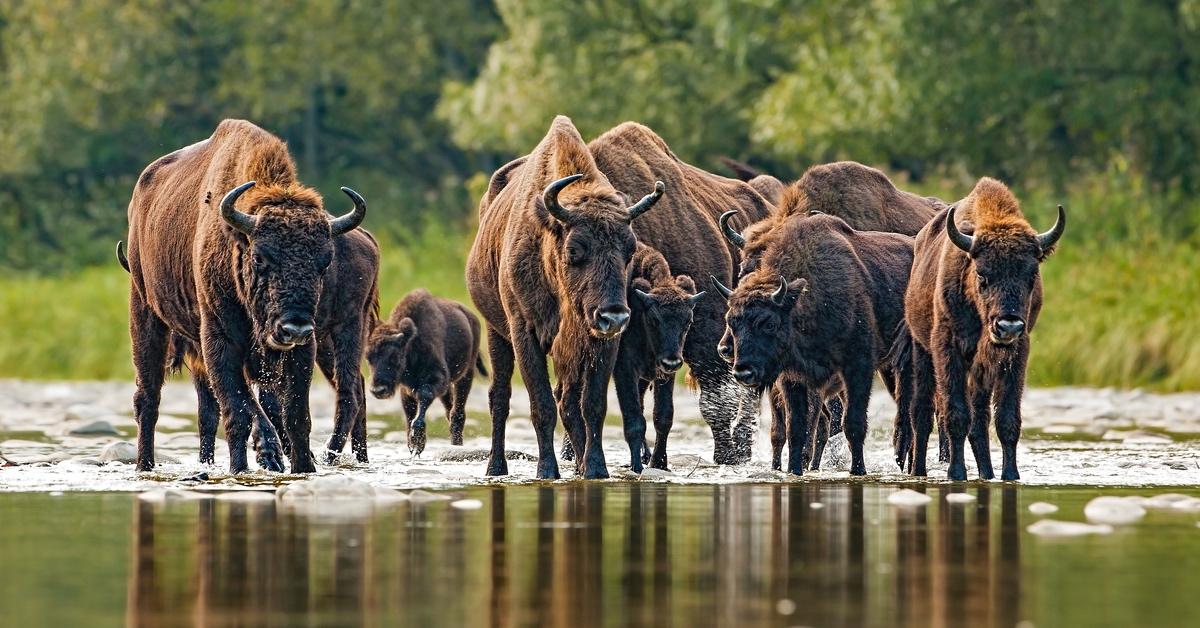
Here are some safety tips for visiting Yellowstone.
The Park Service recommends the safest way to view wildlife at Yellowstone is to remain in your car. If you are outside a vehicle, you should stay at least 25 yards away from bison, elk, coyotes, bighorn sheep, deer, and moose. You should stay at least 100 yards away from bears and wolves. You should also never feed the wildlife or try to pet them.
If you encounter an animal, “turn around and go the other way to avoid interacting with a wild animal in proximity,” say Park Service officials.
“Approaching bison threatens them, and they may respond by bluff charging, head bobbing, pawing, bellowing, or snorting. These are warning signs that you are too close and that a charge is imminent,” states the NPS website. “Do not stand your ground. Immediately walk or run away from the animal. Spray bear spray as you are moving away if the animal follows you.”
This article, originally published on July 18, 2023, has been updated.